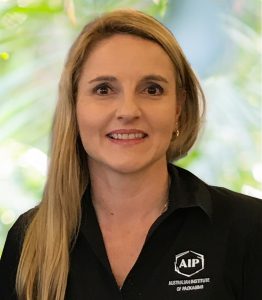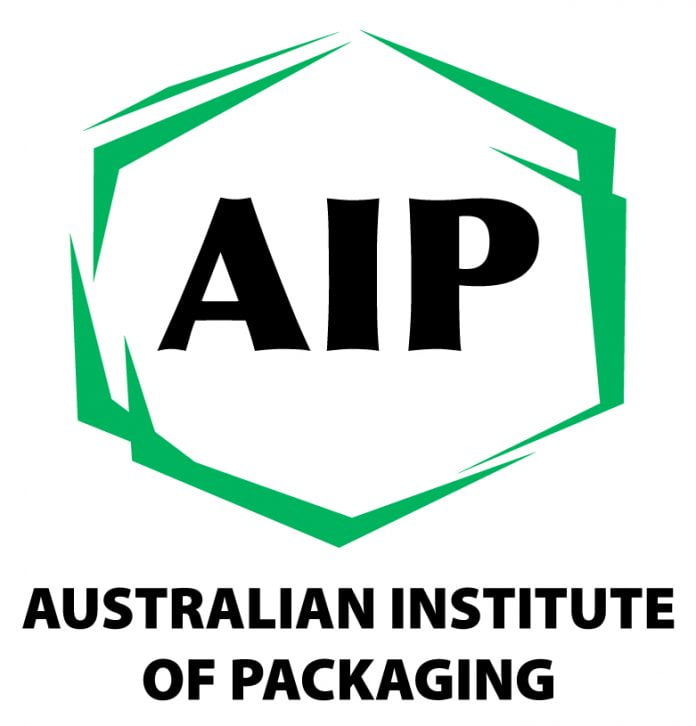Mindsets have shifted over the past few years and globally consumers are now actively driving brands and their packaging departments to consider environmental impacts.

By Australian Institute of Packaging Executive Director Nerida Kelton.
The waste hierarchy is a set of priorities for the efficient use of resources. Five actions in line with this objective, known as the 5Rs, can make organisations better stewards when it comes to aligning sustainable packaging design to incorporate these actions.
From a consumer perspective, the 5Rs are:
- Refuse. Don’t buy unwanted items.
- Reduce. Wherever possible, eliminate single-use packaging – for example, coffee cups, shopping bags and straws – and buy products that are sustainable.
- Reuse. Use products more than once – for example, buy reusable water bottles, keep-a-cups, reusable and recyclable shopping bags.
- Recycle. Ensure you place your products in the recycling bins and buy products that are recyclable. Look for products using the new Australasian Recycling Label to better understand the true recyclability of the materials.
- Repurpose. Buy products made from recycled materials. Consciously buy what you know is made from recycled content – for example, shoes, handbags, jewellery.
Packaging technologists are being asked to rethink the outcomes of their packaging design all the way across the supply chain from manufacturing to recycling, considering a closed loop and more circular approach. Packaging design can no longer be linear.
When discussing the waste hierarchy from a packaging design perspective, reduce, reuse and recycle are the three most important steps for significant and long-term changes, as they are the preventative measures with the highest level of impact.
Achievable steps for packaging technologists can include redesigning the shape and size of a product, reducing thickness and weight of materials, shifting to recyclable materials and even developing a closed loop system for products. Any adaptations to the packaging design, structure and form, however, must not compromise the ultimate purpose of packaging, which is to maintain the ability to protect, preserve, contain, communicate and transport a product all the way to the consumer. Packaging must remain fit for purpose before any structural changes are made to a pack. The Australian Institute of Packaging (AIP) encourages all packaging teams to undertake a lifecycle assessment where possible before any pack is altered.
Consumers are also driving the focus to what is happening with packaging at the end of its life. Designers can no longer incorporate on pack a Mobius loop (the triangular symbol composed of three arrows looping back on themselves in clockwise direction, indicating that a product can be recycled, but not necessarily that it has been itself produced from recycled materials) without asking themselves whether it is being recycled or landfilled in the country it is sold in. The answer may then determine a full redesign of their packaging and use of materials. The availability of the Australian Packaging Covenant Organisation’s Packaging Recycling Evaluation Portal enables this decision-making for all packaging technologists and designers, as it reflects the true state of play in the recyclability of all packaging materials in this country.
If the material is capable of being recycled in the country in which it is sold, consumer waste and greenhouse gas emissions will be significantly reduced across the lifespan of the product. Adding 30 per cent recycled content into all of your packaging also ensures that we are moving towards a circular economy and taking responsibility for our own packaging waste. These steps in turn all go towards achieving the 2025 National Packaging Targets that brands are diligently working towards.
An effective redesign feature of packaging that consumers are slowly embracing is reuse, whereby a customer can refill their products using the same packaging. It’s important to note that reusable containers, if not used correctly, have a greater environmental impact than single-use ones.
Whenever possible, packaging technologists should design packaging that enables continued use and multiple uses for the consumer over an extended period of time. Just like a reusable drink container, the more that a refillable pack can be used over a longer period, the less impact the packaging will have on the environment.
A recent example of an innovative reuse, refill and recycle concept that has considered the product all the way through the supply chain is Cif ecorefill, the launch of which was recently promoted on Unilever’s global website. The new at-home technology is said to allow consumers to refill and reuse their Cif spray bottles for life.
Cif has worked to create a powerful no-mess solution, becoming what is claimed to be the first household cleaning brand to do so with this pioneering twist-and-click refill design. Marketed as being made with “75 per cent less plastic”, Cif ecorefill attaches to the existing Cif Power & Shine bottles. Through its innovative technology, it seamlessly releases the super-concentrated product into the bottle, which is filled with water at home.
The ecorefills are 100 per cent recyclable once the plastic sleeves are removed. By the end of 2020, the ambition is for all Cif ecorefills and spray bottles to be made from 100 per cent recycled plastic. Going smaller is certainly better, with ecorefills being lightweight and saving on storage space. Diluting the product at home is said to mean 97 per cent less water is being transported, fewer trucks are on the road and less greenhouse gas is being emitted. (unilever.com/news/pressreleases)
Every day, more and more companies are announcing refillable packaging solutions, including those for cosmetics and beauty products, toiletries such as shampoo and soaps, cleaning products and even beverages.
The journey to truly sustainable packaging is exciting. We encourage packaging technologists to take this opportunity to reimagine their packaging and actively work to achieve better packaging design that addresses the reduce, reuse (refill) and recycle priorities. The AIP is here to help guide you with expert-led internationally approved training and education programs and courses available across Australasia.
About Nerida Kelton MAIP
Nerida Kelton MAIP is the Executive Director for the Australian Institute of Packaging and the ANZ board member for the World Packaging Organisation. She is also a member of the International Packaging Press Organisation.
She has worked in the packaging industry for more than 22 years, holds a position on the Department of Environment and Energy’s National Food Waste Strategy Steering Committee and is the AIP lead for the Save Food Packaging Consortium project within the Fight Food Waste Cooperative Research Centre. She is committed to helping the packaging industry understand the role that packaging plays in minimising food waste and to also support recognition of brands that are designing innovative save-food packaging. Nerida is also passionate about helping to educate and train packaging professionals in the importance of sustainable and circular packaging design and recognising best practice in this area.
About Australian Institute of Packaging
The Australian Institute of Packaging (AIP) is the peak professional body for packaging education and training in Australasia, helping to shape the careers of generations of packaging professionals. The AIP covers Australia, New Zealand and parts of Asia.

